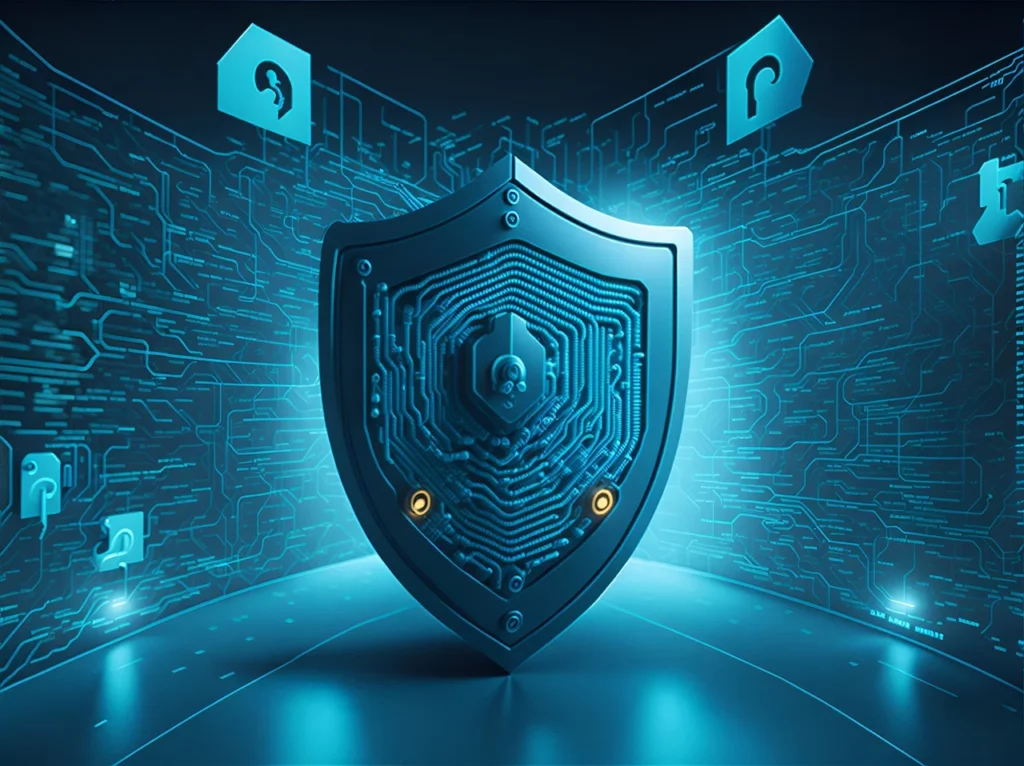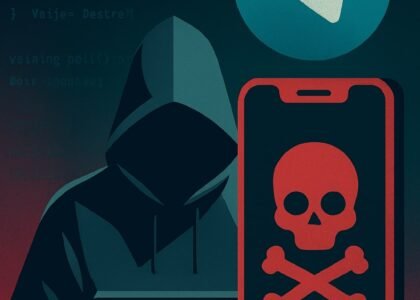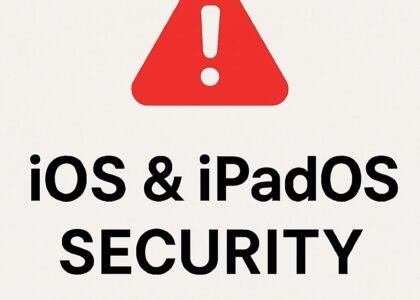Overview of the Incident
On Saturday, July 13, 2024, a failed assassination attempt on former President Donald Trump sent shockwaves across the globe. In the immediate aftermath, the media and public were abuzz with speculation and concern. News outlets provided continuous coverage, dissecting every available detail and interviewing eyewitnesses. Social media platforms were inundated with reactions, ranging from expressions of relief to heated debates about security protocols and political ramifications. Government officials, including the current President, issued statements condemning the attack and reiterating their commitment to ensuring the safety of all public figures.
The failed assassination attempt on Donald Trump did more than just dominate headlines; it also exposed vulnerabilities in public security measures. This incident has prompted a reevaluation of the protections afforded to former presidents and other high-profile individuals. Furthermore, it has drawn attention to the potential for such events to be exploited in cyberspace. Specifically, the event has underscored the increased risks of social engineering and phishing attacks that capitalized on the public’s heightened emotions and curiosity.
The context and immediate reactions to this assassination attempt are crucial for understanding the broader implications that followed. As we delve deeper into the aftermath, particularly in the realm of cybersecurity, it becomes evident that the incident has far-reaching consequences. The surge in social engineering and phishing attacks in the wake of this event highlights the need for enhanced vigilance and robust cyber defenses.
Rise in Social Engineering and Phishing Attacks Post-Incident

The failed assassination attempt on Donald Trump has not only captivated global attention but also created fertile ground for cyber criminals. In the aftermath, a notable surge in social engineering and phishing attacks is anticipated. Cybercriminals often leverage high-profile incidents like this to exploit public fear and curiosity, aiming to spread misinformation, steal personal information, and disrupt organizational operations.
Attackers craft compelling phishing emails, messages, and social media posts by capitalizing on the heightened interest surrounding the incident. These communications typically pose as legitimate sources such as news organizations, government agencies, or even trusted personal contacts. The goal is to deceive individuals into clicking malicious links or downloading harmful attachments, thereby compromising their personal information or organizational data.
Moreover, the dissemination of false news related to the trump assassination attempt can significantly impact public perception and behavior. Fake news articles and misleading social media posts can induce panic, alter public opinion, and even influence political stances. This manipulation of information can lead to a cascade of consequences, ranging from financial losses to reputational damage for both individuals and organizations.
Organizations must remain vigilant and enhance their cybersecurity measures to mitigate these risks. Educating employees about the potential threats and promoting best practices for identifying phishing attempts are crucial steps in fortifying defenses. Additionally, employing advanced threat detection systems can help in early identification and neutralization of malicious activities.
Individuals should also exercise caution when encountering unsolicited communications, especially those related to the trump assassination incident. Verifying the authenticity of the source before responding or engaging with the content is vital. Utilizing multi-factor authentication and keeping software up-to-date can further reduce susceptibility to these attacks.
In essence, the aftermath of the failed assassination attempt on Donald Trump underscores the importance of cybersecurity awareness and preparedness. As cybercriminals continue to exploit such incidents, a proactive approach to safeguarding information and maintaining vigilance against social engineering and phishing attacks becomes imperative.
Strategies for Protecting Individuals and Organizations

In the wake of the heightened threat landscape following the failed assassination attempt on Donald Trump, it is imperative for both individuals and organizations to fortify their cybersecurity measures. The surge in social engineering and phishing attacks necessitates a comprehensive approach to protection. First and foremost, recognizing phishing attempts is crucial. Emails or messages that request sensitive information, contain suspicious links, or have an unusual sense of urgency should be scrutinized. It is advisable to verify the authenticity of the sender before taking any action.
Another essential practice is to verify the sources of information. Cyber criminals often exploit current events, such as the trump assassination attempt, to spread misinformation and trick users into clicking malicious links. Cross-referencing information from reliable and reputable sources can significantly reduce the risk of falling prey to such tactics. Additionally, implementing robust security protocols is non-negotiable. This includes using strong, unique passwords for different accounts, enabling two-factor authentication (2FA), and regularly updating software and systems to patch vulnerabilities.
Employee training and awareness programs are also vital in combating social engineering tactics. Regular training sessions can educate employees about the latest phishing schemes and social engineering techniques, empowering them to identify and avoid potential threats. Simulated phishing exercises can be particularly effective in providing hands-on experience in recognizing and responding to phishing attempts without real-world consequences.
Organizations should also consider investing in advanced security solutions such as intrusion detection systems (IDS) and endpoint protection platforms (EPP). These tools can provide an additional layer of defense against cyber threats. Moreover, establishing a clear incident response plan ensures that any security breaches are swiftly and effectively managed, minimizing potential damage.
By adopting these strategies, individuals and organizations can strengthen their defenses against the increased cyber threats in the aftermath of the trump assassination attempt. Proactive measures, continuous education, and robust security protocols are key to safeguarding against the ever-evolving landscape of cyberattacks.
The Importance of Vigilance and Preparedness

The failed assassination attempt on Donald Trump has underscored the critical need for heightened vigilance and preparedness against cyberattacks in our digital society. This incident serves as a potent reminder that the threats we face are not confined to the physical realm; instead, they extend deeply into cyberspace, where social engineering and phishing attacks are rampant. These cyber threats exploit human psychology and vulnerabilities, making it imperative for individuals and organizations to adopt a proactive stance in cybersecurity.
One of the most effective ways to mitigate these risks is through ongoing education. Cybersecurity training should be a continuous process, ensuring that individuals are aware of the latest tactics employed by cybercriminals. Regular workshops and training sessions can equip employees and users with the knowledge to identify and respond to phishing attempts and other social engineering tactics. By fostering a culture of awareness, organizations can significantly reduce the likelihood of successful attacks.
Regular security assessments are another crucial component of preparedness. These assessments, which include penetration testing and vulnerability scanning, help identify potential weaknesses within an organization’s infrastructure. By systematically evaluating the effectiveness of existing security measures, organizations can address vulnerabilities before they are exploited. This proactive approach not only strengthens defenses but also builds resilience against future threats.
Staying informed about emerging threats and trends in cybersecurity is equally important. The landscape of cyber threats is constantly evolving, with new techniques and technologies being developed by malicious actors. Subscribing to cybersecurity newsletters, participating in industry forums, and attending relevant conferences are excellent ways to stay updated. By keeping abreast of the latest developments, individuals and organizations can adapt their strategies to counteract new and emerging threats effectively.
In conclusion, the failed assassination attempt on Donald Trump highlights the necessity for constant vigilance and preparedness in the realm of cybersecurity. Through ongoing education, regular security assessments, and staying informed about the latest trends, we can enhance our defenses against social engineering and phishing attacks, safeguarding our digital assets in an increasingly interconnected world.




